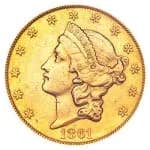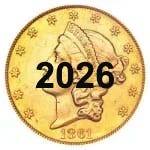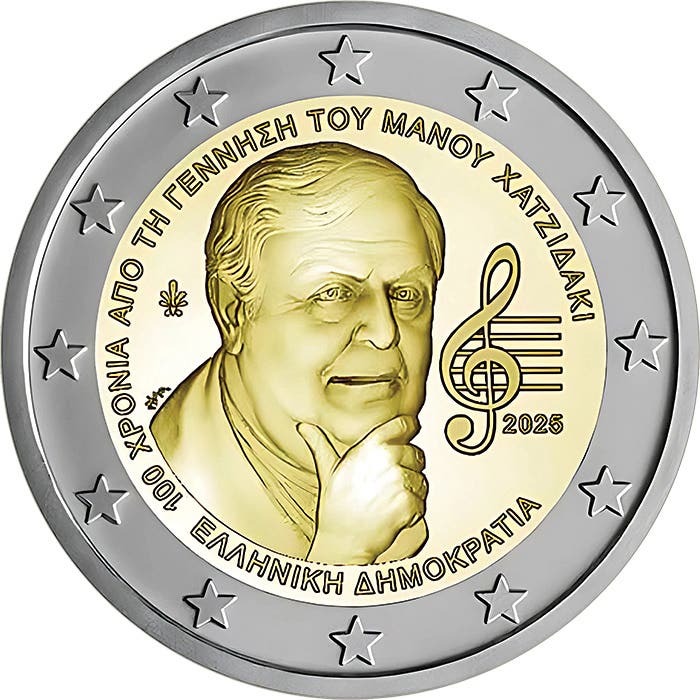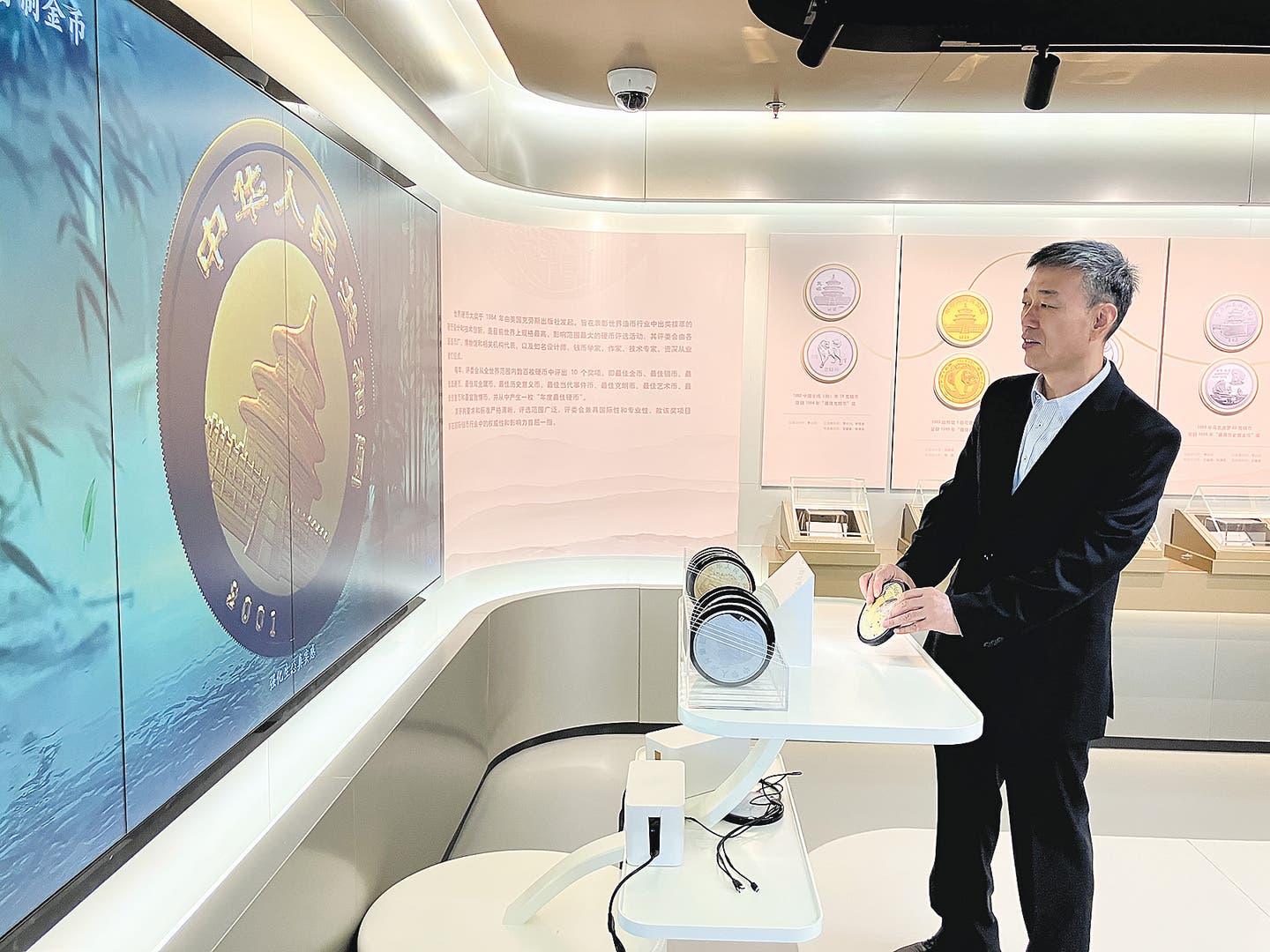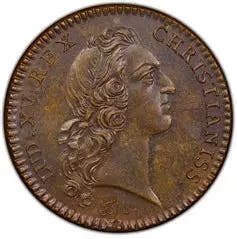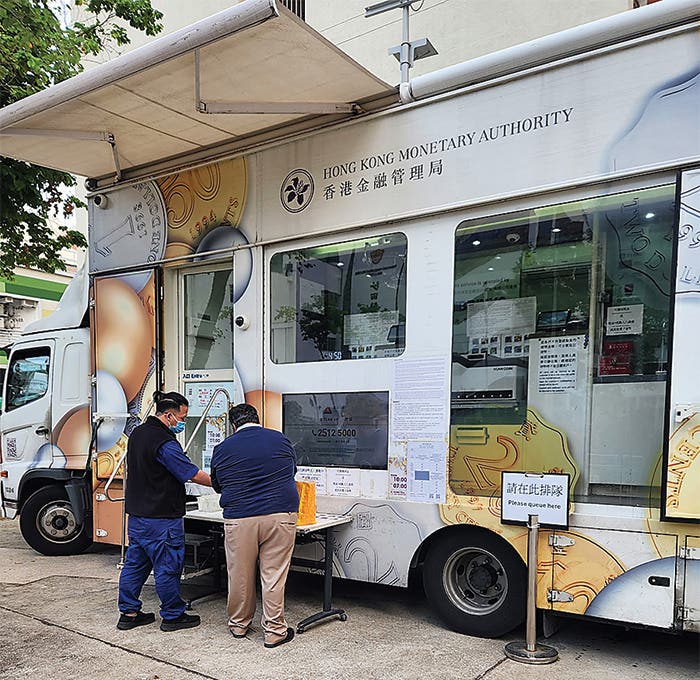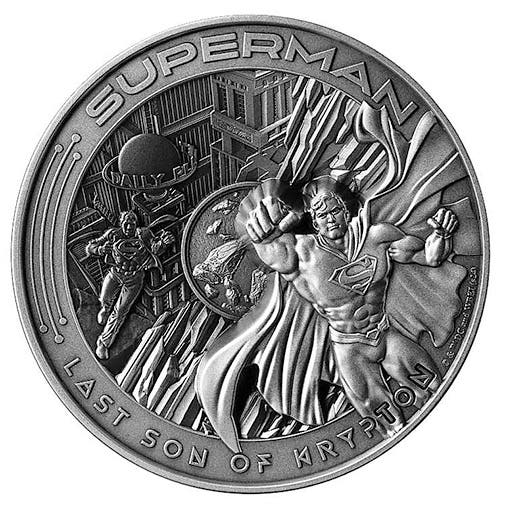Coin Spectrometer Yields Results
Mass spectrometry unlocks the hidden story of three corroded coins, revealing the island of Ibo’s surprising role in early Indian Ocean trade networks.
Some recently studied coins found off the coast of Mozambique on the island of Ibo in 2016 were in such bad condition that they couldn’t be identified. The coins were so rough that they were subjected as artifacts to a specialized mass spectrometer.
A mass spectrometer is an analytical instrument that measures the mass-to-charge ratio of ions. The measure converts chemical compounds into ions in an ionization process. This is followed by acceleration, which propels the ions into a magnetic or electrical field. The third step is deflection, where the ions are separated into their mass-to-charge ratio. This is followed by measuring the separated ions to produce the mass spectrum. This final step is called detection. Mass spectrometer analysis is used to analyze the composition and structure of molecules in fields including biology, chemistry, and environmental science.
The three coins, as well as a chain, glass beads, metal fragments, and soft stone, were found in a test pit on Ibo. The island is off the northern coast of Mozambique in the Indian Ocean. When Portuguese explorer Vasco da Gama arrived there in 1502, Ibo was a Muslim trading port; Portugal fortified it about a century later. As a slave port, it became the second most important island in the area, and today, it is part of the Quirimbas National Park.
Ignacio Montero-Ruiz is an archaeo-metallurgist. Since 1982, he has been responsible for the information generated by the Archaeometallurgy of the Iberian Peninsula Project. He is involved in the disciplines of archaeology, archaeometallurgy, and geoarchaeology, specializing in prehistory and the Bronze Age.
Montero-Ruiz’s findings about the Ibo coins were recently published in the book “Azania: Archaeological Research in Africa.” His findings show that small coastal villages were important in the early development of trade throughout the Indian Ocean around the 13th century. It was believed that prior to northern Mozambique’s role in the Swahili trade, it was marginal. Montero-Ruiz concluded that the glazed ceramics at the test pit originated from the Persian Gulf or Persia, the soft stone from Iran or Oman, and the glass beads were traded from India and Central Asia. With the help of the mass spectrometer, the coins, although unable to be specifically identified, are linked by metal composition to those struck in Kilwa rather than Swahili mintage.
Today, Kilwa is a Tanzania-owned island off the Swahili coast. During the 13th to 15th centuries, Kilwa was a medieval sultanate. Coins originating from Ibo have a significantly higher tin-lead ratio than coins from Kilwa. Ibo coins do not contain arsenic, which is found in the coinage of Kilwa. Researchers have suggested there may have been a shift in the source of copper used in making bronze Swahili coins during the 11th and 12th centuries.
With the assistance of the mass spectrometer, the three coins found in 2016 could have originated somewhere else in the Islamic world. There is evidence that the likely source of their copper composition is the Copperbelt region in Congo-Kinshasa, possibly the Shinkolobwe mine. Ibo is part of the Quirimbas Archipelago, where traded gold connected Kilwa to Limpopo in what is today South Africa and the Zambezi in the Middle Limpopo Valley. Trade connections between Ibo and the Middle Limpopo Valley have been linked via a gold bead previously excavated at Ibo.
Maria Ruiz-Galvez Piergo is also a researcher involved in the Ibo study. Piergo said, “According to the provenance analysis, this gold came either from Great Zimbabwe or South Africa, since it isn’t easy to distinguish, based on trace elements composition, between the gold ores of the Greenstone Belts and those of the Witwatersrand Basin…Taking into account that Sofala was considered the outlet for the Zimbabwean gold, we considered the Limpopo River, connected to Sofala, as the most probable route [for copper].”
The study of the three coins suggests the copper mining districts in Congo-Kinshasa were linked to Swahili-oriented trade routes. It is possible that copper was among the materials traded through the Quirimbas before entering the wider Swahili trade network. This suggests small local villages may have been important in the early development of the Indian Ocean trade route system.
You may also like:

